
(a)
Interpretation:
The mechanism and major organic product(s) of the given reaction are to be drawn.
Concept introduction:
In the hydroboration reaction of an alkene, a molecule of water adds to the carbon-carbon double bond of the alkene in an anti-Markovnikov manner. The boron atom in borane is less electronegative than hydrogen and acts as the electron-poor atom. Therefore, the
Answer to Problem 12.52P
The mechanism for the given reaction is
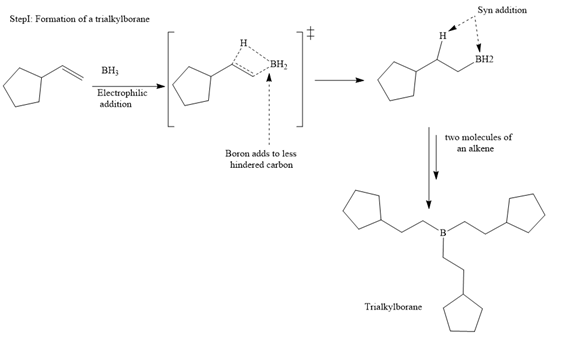
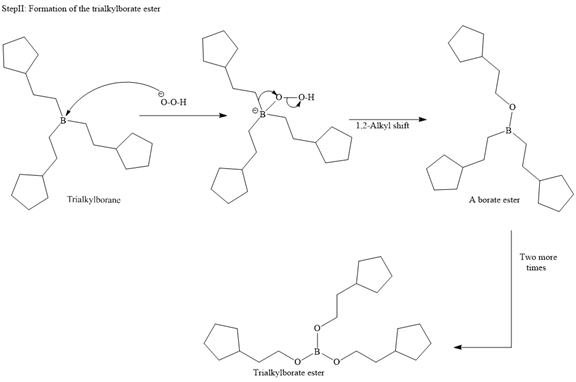
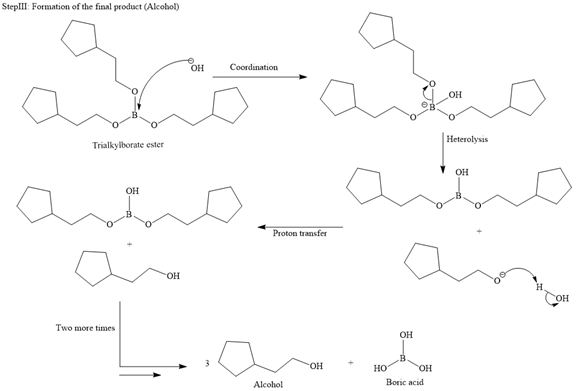
The major product for the given reaction is
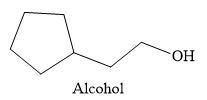
Explanation of Solution
The given reaction is

The structure of cyclopentylethene is

In the first step, borane adds across the carbon-carbon double bond of the alkene via a four-membered cyclic transition state. The addition is anti-Markovnikov as the boron atom adds to the fewer substituted (fewer sterically hindered) carbon, and the hydrogen adds to the most substituted carbon. The remaining two hydrogen atoms from borane are replaced in a similar way by two more alkene molecules to form a trialkylborane.
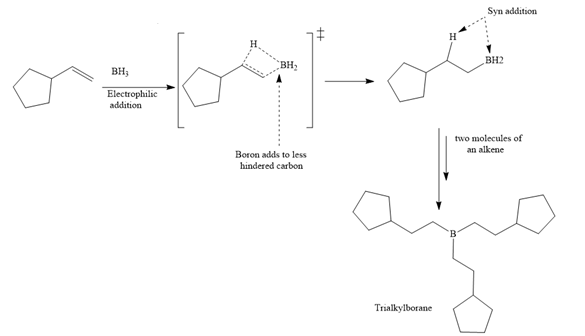
A trialkylborane is then oxidized by the hydroperoxide anion (

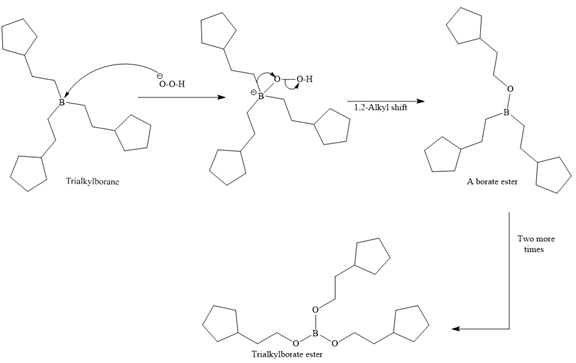
Then the trialkylborate ester undergoes base hydrolysis to three molecules of the alcohol product and boric acid.
The
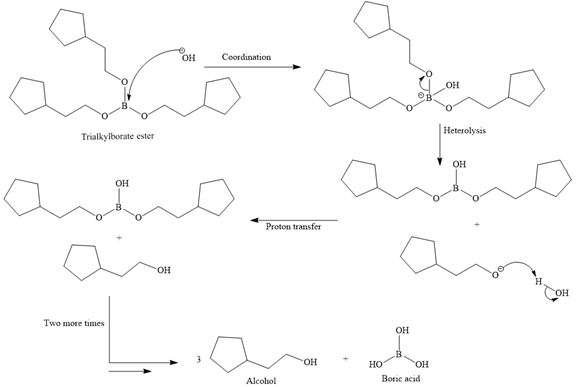
Thus, the major product of the given reaction is

The mechanism and the major organic product(s) for the given reaction are drawn on the basis of an anti-Markovnikov syn addition of borane across the double bond.
(b)
Interpretation:
The mechanism and the major organic product(s) of the given reaction are to be drawn.
Concept introduction:
In the hydroboration reaction of an alkene, a molecule of water adds to the carbon-carbon double bond of the alkene in an anti-Markovnikov manner. The boron atom in borane is less electronegative than hydrogen and acts as the electron-poor atom. Therefore, the
Answer to Problem 12.52P
The mechanism for the given reaction is
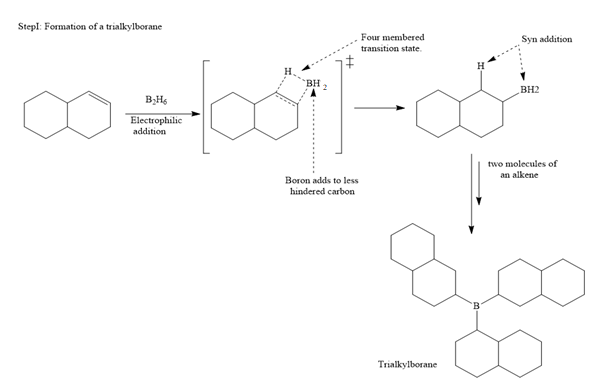
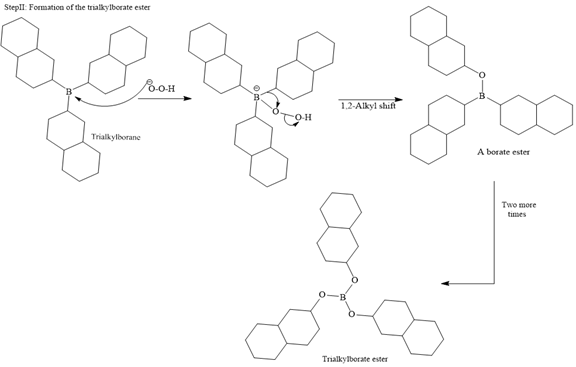
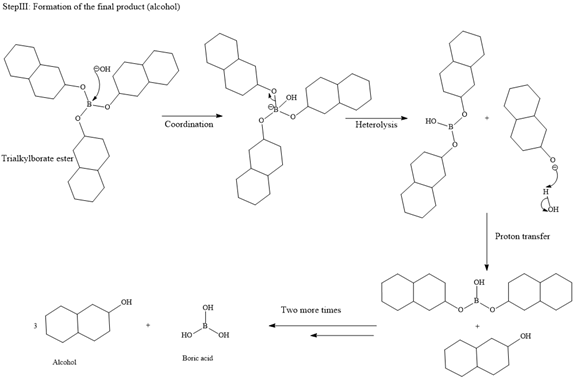
The major product of the given reaction is

Explanation of Solution
The given reaction is

In the first step, borane adds across the carbon-carbon double bond of the alkene via a four-membered cyclic transition state. The addition is anti-Markovnikov as the boron atom adds to the fewer substituted (fewer sterically hindered) carbon, and the hydrogen adds to the most substituted carbon. The remaining two hydrogen atoms from borane are replaced in a similar way by two more alkene molecules to form a trialkylborane.
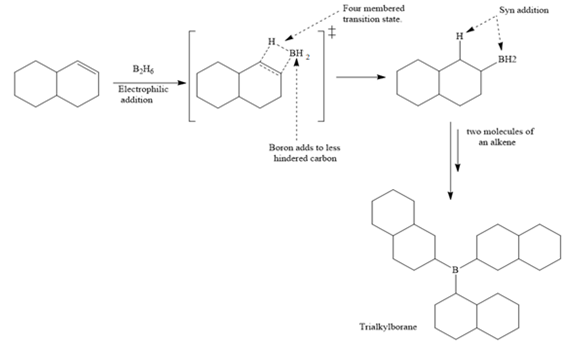
The trialkylborane is then oxidized by the hydroperoxide anion (
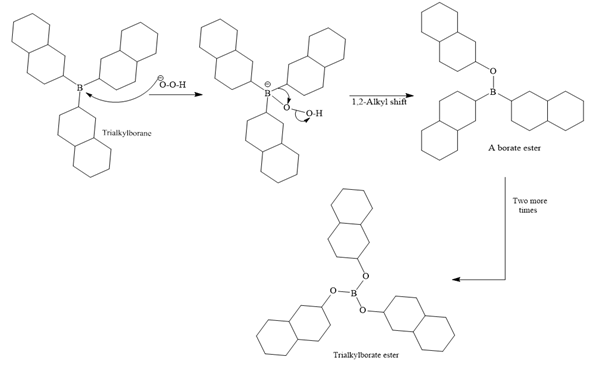
Then the trialkylborate ester undergoes base hydrolysis to three molecules of the alcohol product and boric acid.
The
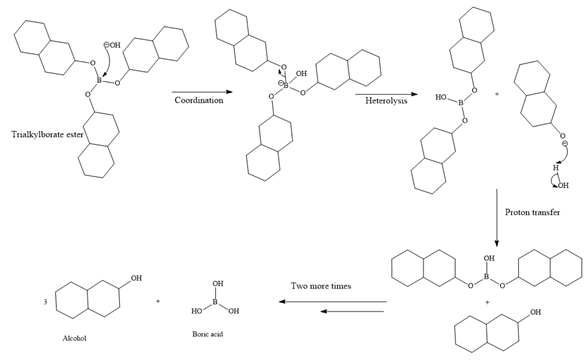
Borane can add across the double bond from either above the plane of the ring or from below the plane of the ring. This will lead to the formation of a racemic mixture as the carbon bonded to the OH group is chiral.
Thus, the major product for the given reaction is
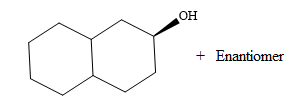
The mechanism and the major organic product(s) for the given reaction are drawn on the basis of an anti-Markovnikov syn addition of borane across the double bond.
(c)
Interpretation:
The mechanism and the major organic product(s) of the given reaction are to be drawn.
Concept introduction:
Like alkenes,
The addition of one molecule of borane produces an alkene, and if it is a terminal alkene, another molecule of borane can add to it. This leads to a mixture of products.
This problem can be avoided by the use of a bulky dialkylborane like disiamylborane,
Answer to Problem 12.52P
The mechanism for the given reaction is
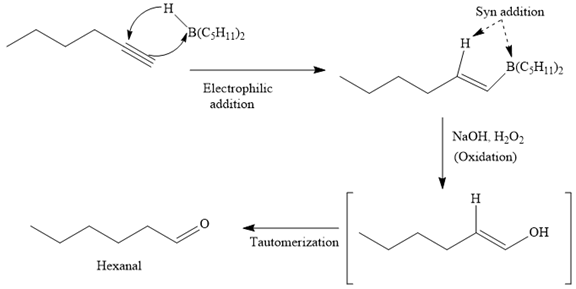
The major product for the given reaction is

Explanation of Solution
The given reaction is

The structure of disiamylborane is
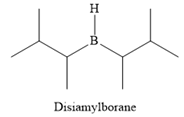
It is a sterically hindered alkyl borane, having only one
So the first step of the above reaction is a syn anti-Markovnikov electrophilic addition of boron and hydrogen to the carbon-carbon triple bond of the substrate.
Oxidation of this adduct by basic

Thus, the major product of the given reaction is

The mechanism and the major organic product(s) of the given reaction are drawn on the basis of the reaction conditions.
(d)
Interpretation:
The mechanism and the major organic product(s) of the given reaction are to be drawn.
Concept introduction:
Like alkenes, alkynes also undergo hydroboration reaction, but the product is different than alcohol. The oxidation of alkynes is carried out by using bulky dialkylborane like disiamylborane
Answer to Problem 12.52P
The mechanism for the given reaction is
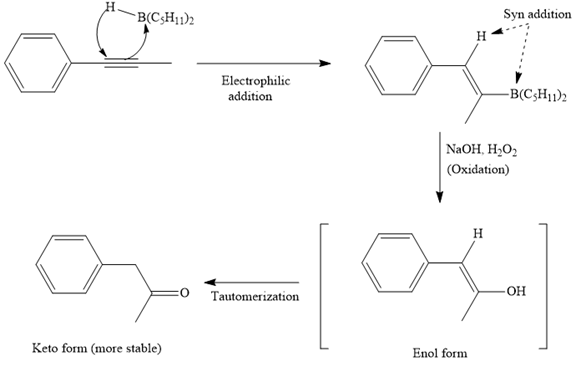
The major product for the given reaction is
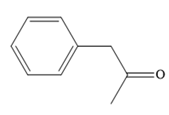
Explanation of Solution
The given reaction is

The structure of disiamylborane is
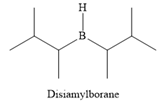
It is a sterically hindered alkyl borane having only one
The first step of the reaction is a syn anti-Markovnikov electrophilic addition of

Thus, the major product for the given reaction is
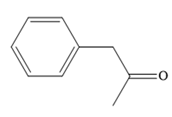
The mechanism and major organic product(s) for the given reaction are drawn on the basis of the reaction conditions.
Want to see more full solutions like this?
Chapter 12 Solutions
Organic Chemistry: Principles And Mechanisms
- H I T H HH H -H C. H- Identify and select all structures below that represent a constitutional isomer(s) of the compound shown above. H- H CIH H H H HHHH H H 0 ·H H– 冊 CH CHI HH C- H- H H- H H A. H H C H H- -H HH H B. H- -H D. H H H H • H -H E. -H H H HICH T HHH F. H-arrow_forwardPolylactic acid (shown below) is a biodegradable polymer used for food packaging. Identify the monomer(s) used in the production of this polymer using a condensation process.arrow_forwardDraw the product of the reaction shown below. Ignore small byproducts that would evaporate pleasearrow_forward
- Poly(ethylene adipate) is a biodegradable polyester (shown below). Identify the type of polymerization process used in the production of this polymer.arrow_forwardPolymers may be composed of thousands of monomers. draw two repeat units(dimer) of the polymer formed in this reaction. assume there are hydrogen atoms on the two ends of the dimer. ignore inorganic byproducts pleasearrow_forwardDraw the product of the reaction shown below. Use a dash or wedge bond to indicate stereochemistry of substituents on asymmetric centers, Ignore inorganic byproductsarrow_forward
- Draw the product of this reaction please. Ignore inorganic byproductsarrow_forwardOne of the pi molecular orbitals of 1,3-butadiene (CH2=CHCH=CH2) is shown below. Please identify the number of nodal planes perpendicular to the bonding axisarrow_forwardDraw the monomers required to synthesize this condensation polymer please.arrow_forward
- Provide the correct systematic name for the compound shown here. Please take into account the keyboard options belowarrow_forwardcurved arrows are used to illustrate the flow of electrons. using the provided starting and product structures, draw the curved electron-pushing arrows for the following reaction or mechanistic step(s)arrow_forwardIdentify the 'cartoon' drawing of the acceptor orbital in the first mechanistic step of an electrophilic addition reaction of butadiene with HBr. Pleasearrow_forward
 Organic Chemistry: A Guided InquiryChemistryISBN:9780618974122Author:Andrei StraumanisPublisher:Cengage Learning
Organic Chemistry: A Guided InquiryChemistryISBN:9780618974122Author:Andrei StraumanisPublisher:Cengage Learning
